Tools
A few words...
TOOLS
Aim
The Visual Literacy tools aim to encourage individuals to become aware of their own thinking – feeling – acting processes. Recognizing the pivotal role of experience in anchoring perceptions, assumptions and perspectives, these tools facilitate a profound understanding of how we remember and make sense.
The tools explore the assumptions that lay behind the stories we tell and the narratives we share as members of our collectives. Questioning our stances and opening our minds to alternative perceptions allows active, wilful choice and agency; unlocks new possibilities for research, innovation, ‘out-of-the-box’ thinking, and societal understanding; and leads, eventually, to transformation of individual and social structures.
The tools are designed by the Chairholder of the UNESCO Chair on Visual Anticipation and Futures Literacy towards Visual Literacy, Associate Professor, Dr Vicky Karaiskou and make part of a larger collection of educational methods applied during the workshops.
Who can use them?
The Visual Literacy tools are designed to be suitable for any kind of users, workshops’ audience and topics. Therefore, they apply to a variety of research, professional and private fields, and contexts. Specifically, the tools are useful for:
- Individuals interested in figuring out what gets in the way between their needs and desires and their not-so-fulfilling reality.
- Students from the last year of elementary school up to postgraduate levels of studies.
- Educators of all levels of education who aspire to become beacons of thought for their students.
- Researchers and professionals from all fields, from humanities to applied sciences.
- Stakeholders of the cultural sector (a pivotal fabricator of identity and ‘reality’)
- Employees and managers in the business sector aiming for leadership, growth, and inclusion.
- Organizations, NGOs and, in general, entities that deal with sustainability, governance, health and environmental issues, vulnerable groups (refugees, children, elders), human rights and gender issues, people from conflict societies and society reconciliation.
How can the tools help me?
The Visual Literacy tools support you to:
- Appreciate individual experiences as a source of learning, opportunities, and growth.
- Bring to the surface existing perceptions and assumptions; deconstruct them; and understand how they drive your anticipations for the future and your actions.
- Embrace change and the unknown and bring to light alternative paths of resilience.
- Reframe concepts and situations and lead innovative thinking and transformation in your personal and professional life.
- Explore the social and cultural dimensions of memory in shaping individual and collective identities.
- Build bridges of understanding and communication and eliminate thought patterns of division and scarcity.
- Apply alternative modes of staging the past and strengthening democratic structures; contribute to capacity building, and impact action.
- Stress the importance of the many stories, and foster people-led change-making and transformation.
Where these tools have been used?
These Visual Literacy tools have already been used, since 2022, in many Visual Literacy workshops in Cyprus, Greece, Τhe Netherlands, Sweden, France, UK, Austria, Italy, Norway, Slovakia, and S. Africa, among others.
The tools can explore a vast spectrum of topics that include, but are not limited to, identity, memory, nation, museums, heritage, arts, power, democracy, stereotypes, sustainability, future, living, migration, diversity, work, productivity, creativity, change, environment, education, assessment, failing, success, prosperity, and well-being.
Download us...
List of Tools
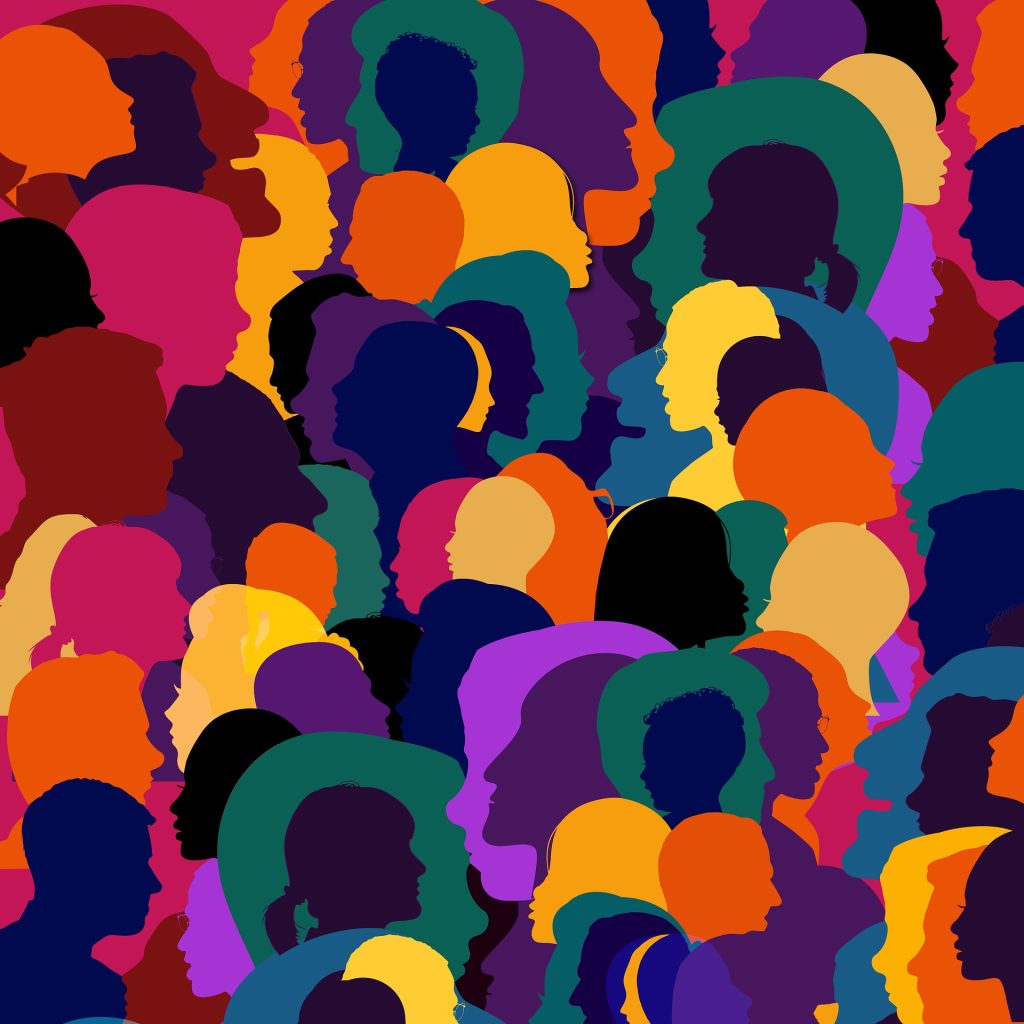
BABEL
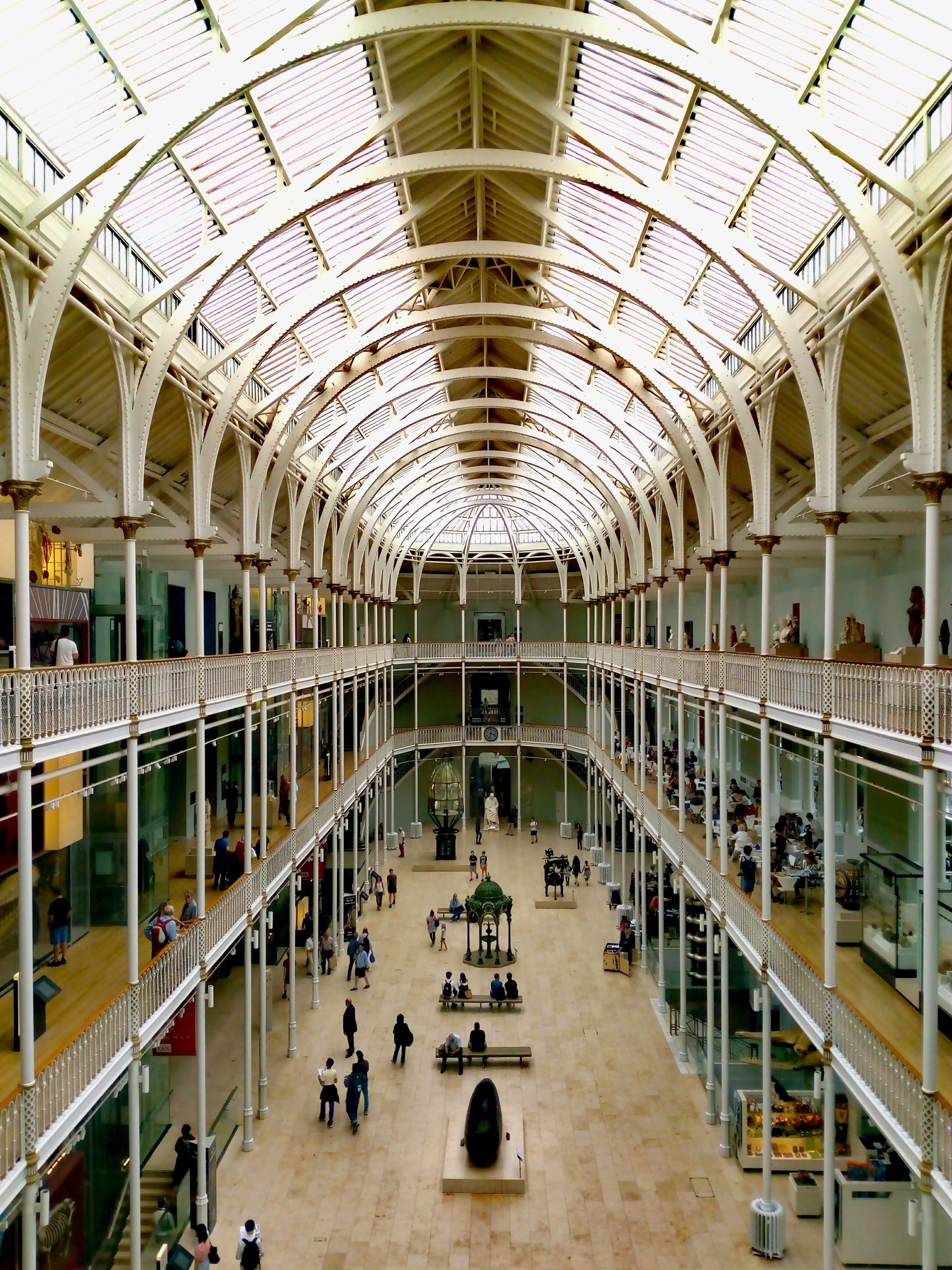
The Visual Stimulus

The Stage

Sensing instead of Making Sense

The Wall

Improv - Storytelling
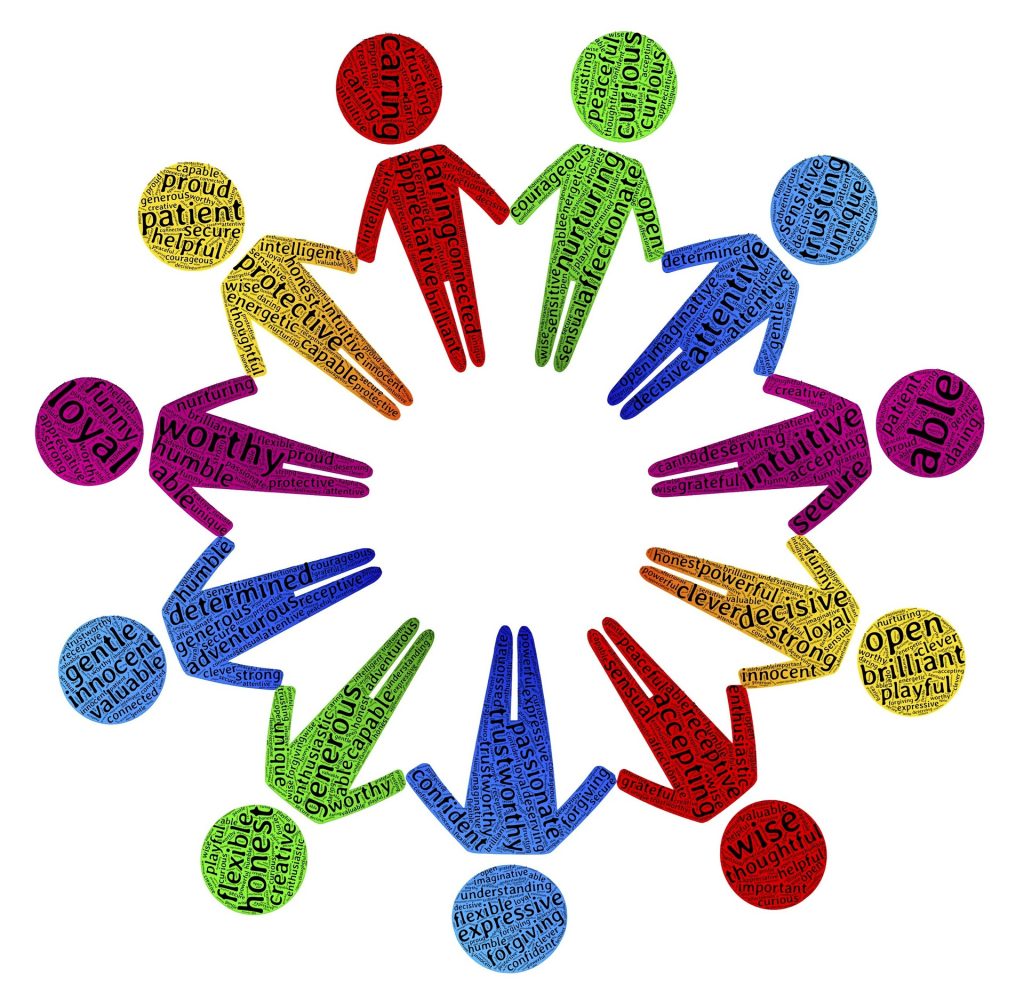
Role-Playing
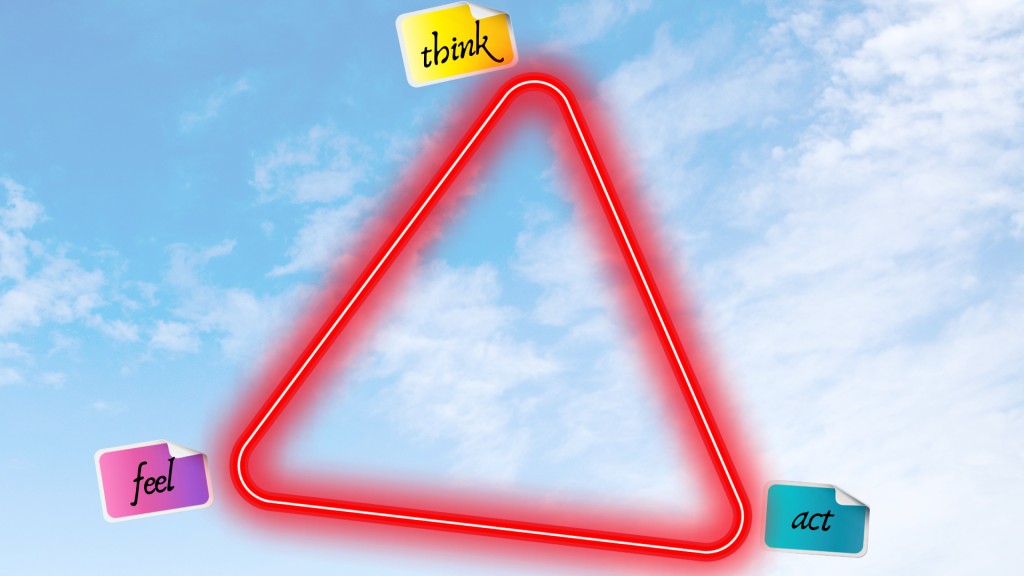
The Identity Triangle
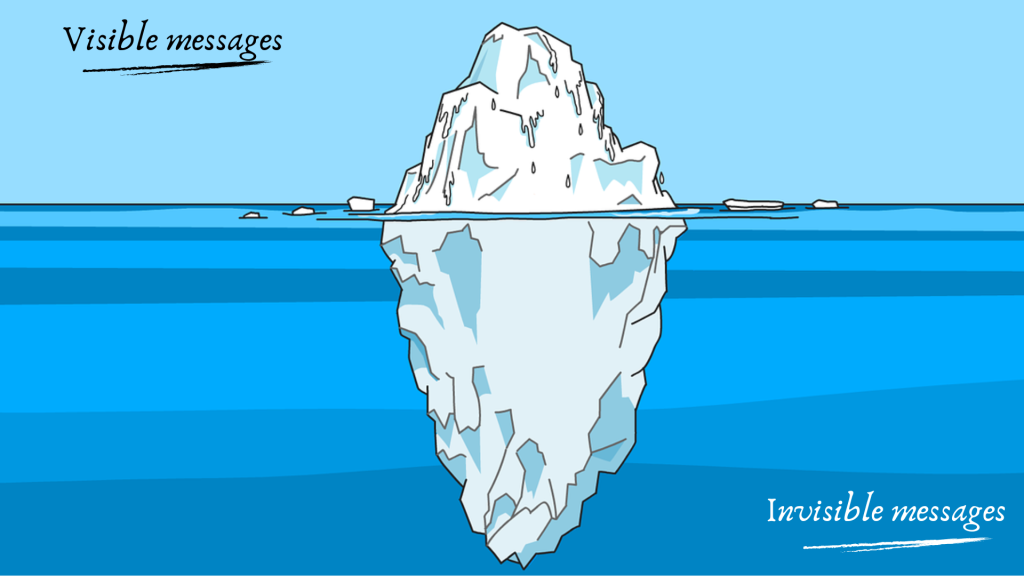
The Visuality Iceberg

Reframing Concepts
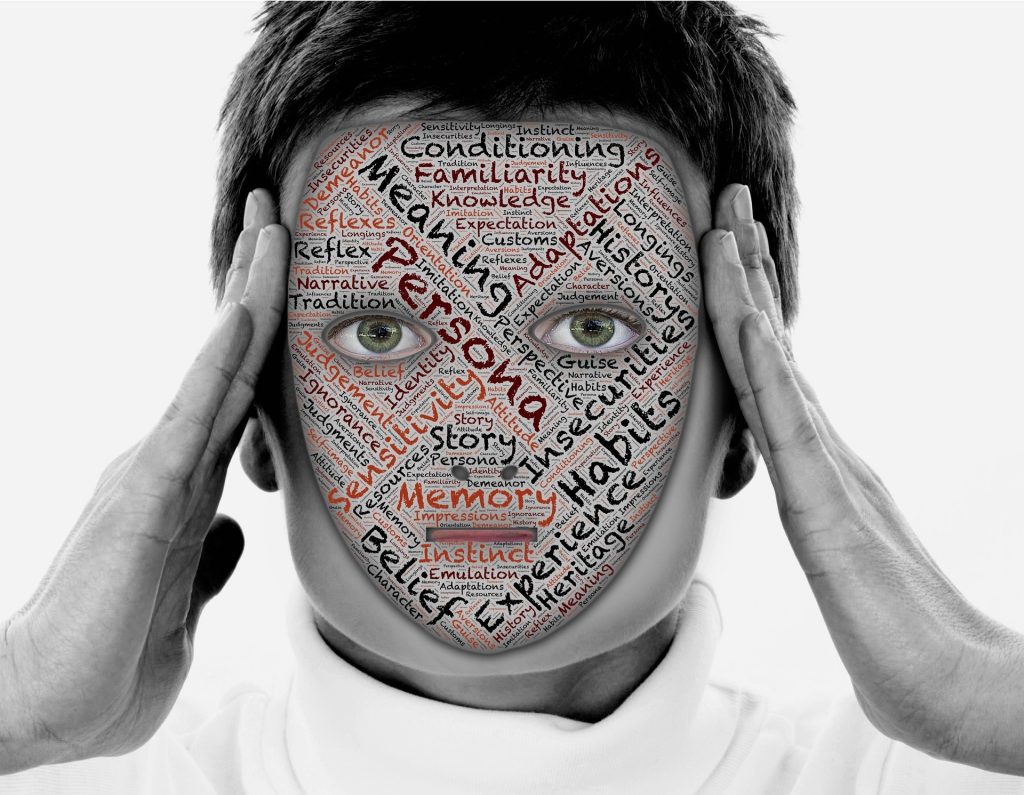
Role-Model Stereotypes
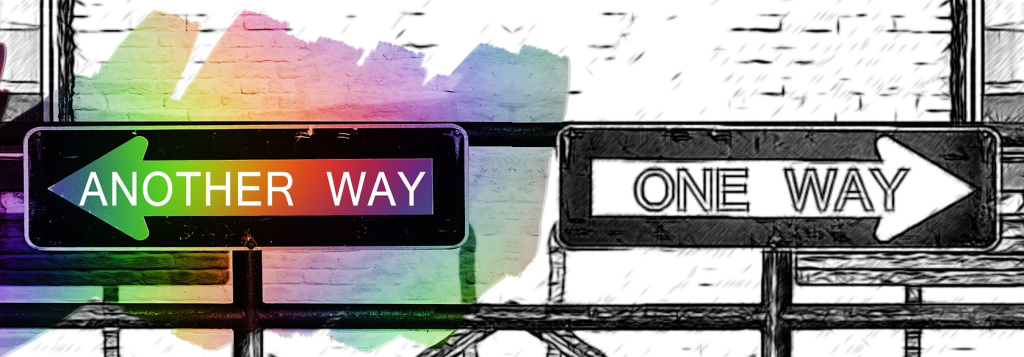
Alternative Futures
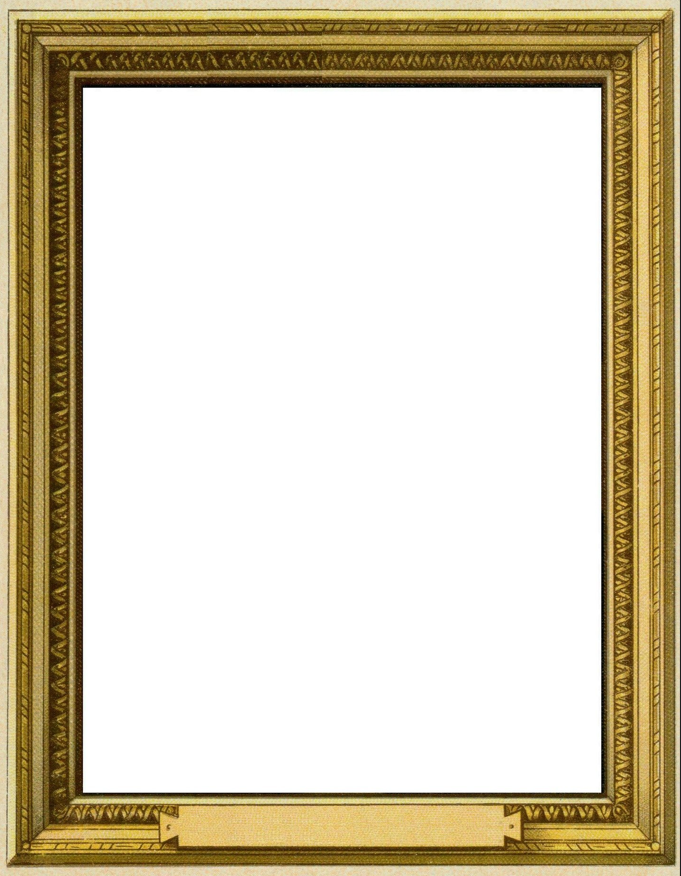
The Frame
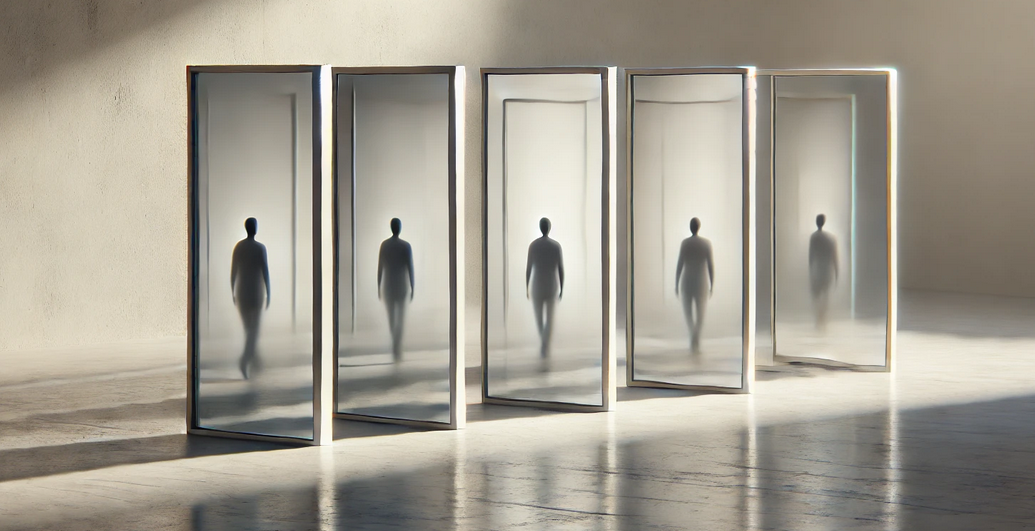
The Five Mirrors
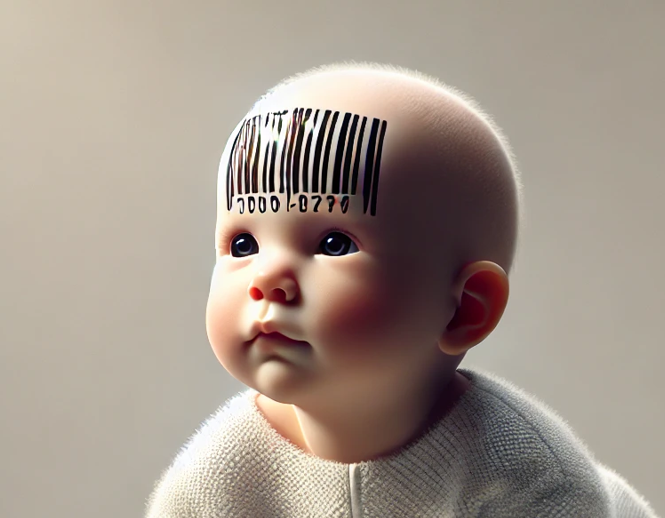
The Barcoded Baby

The White T-shirt

